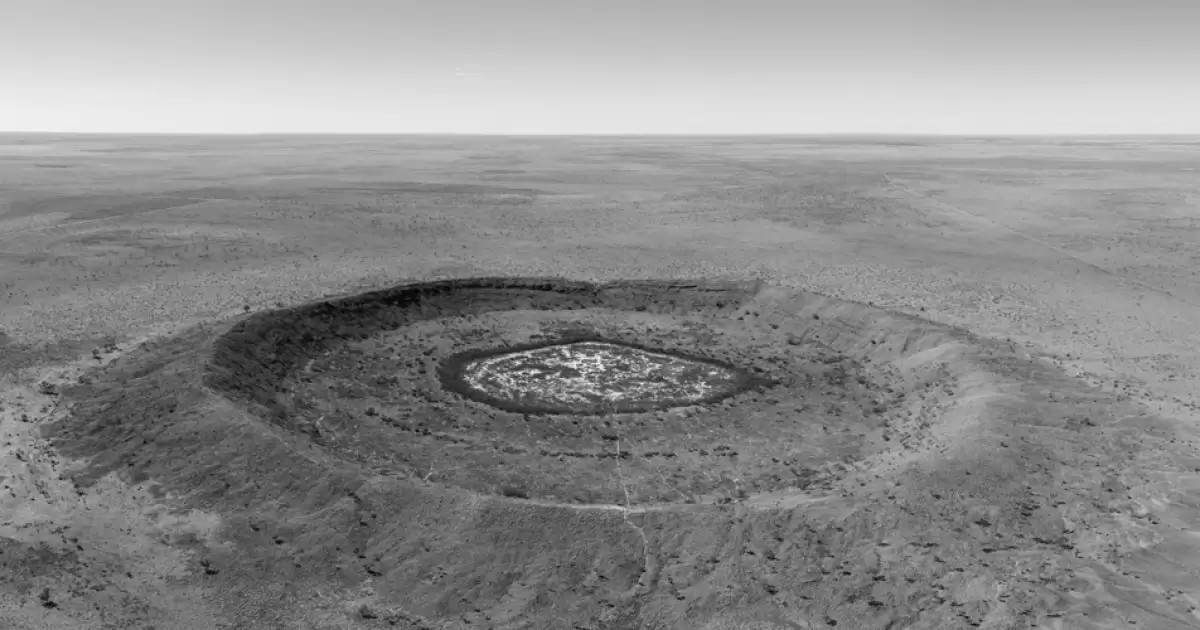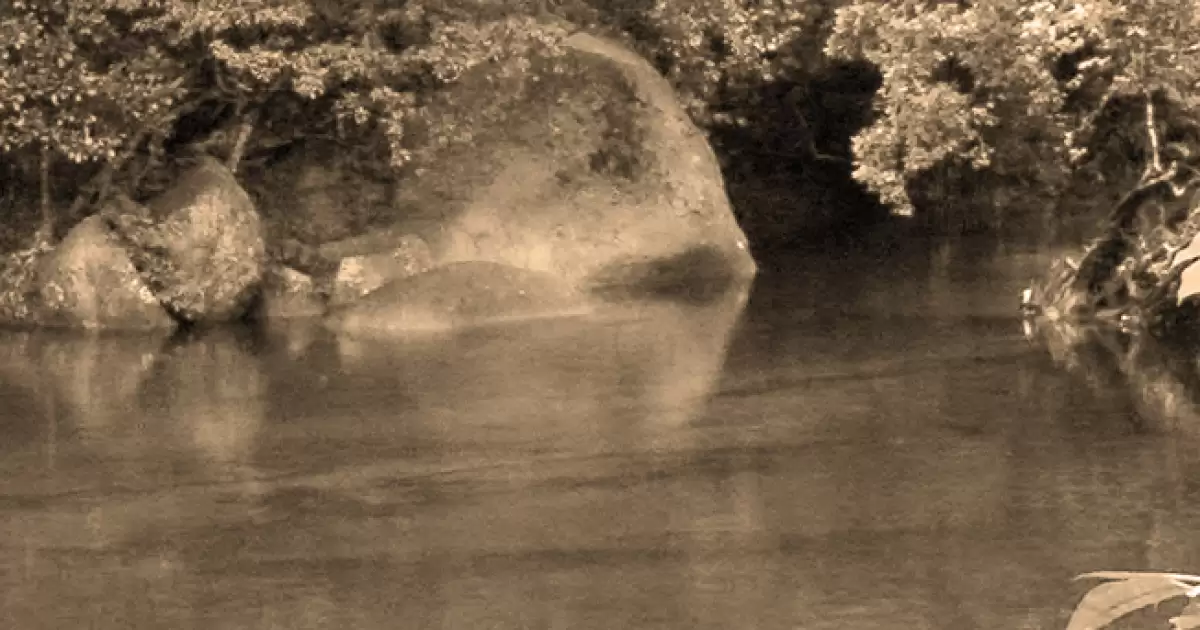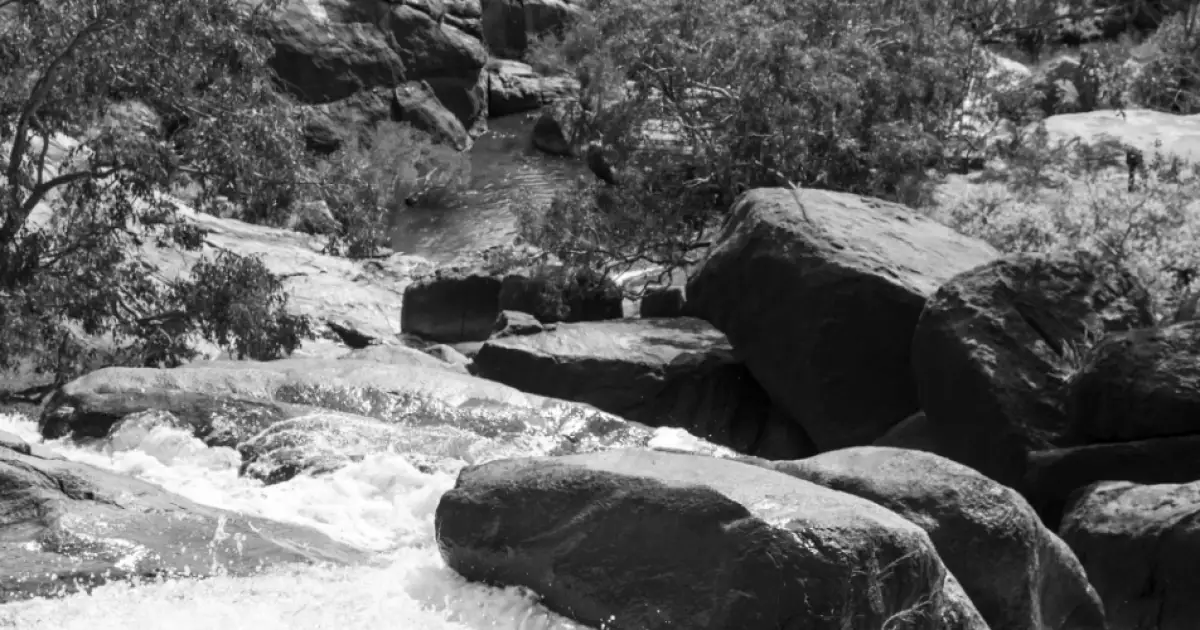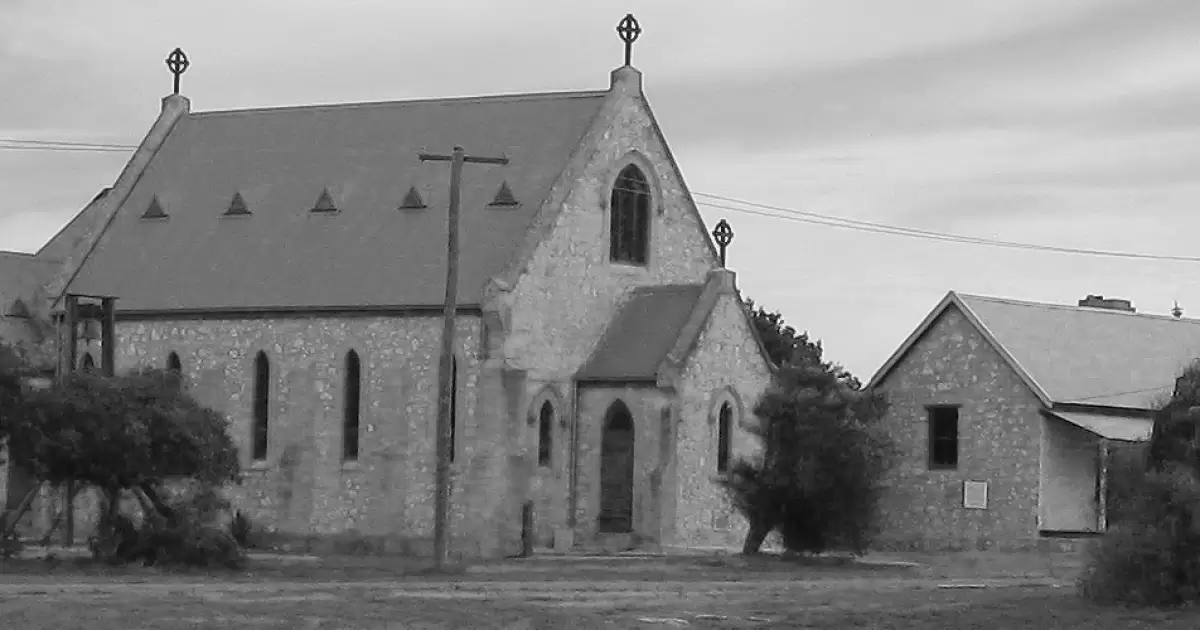Do you believe in ghosts? In Western Australia, there is a ghost town that still haunts the state and its people.
Wittenoom, once a bustling mining town, was abandoned over 50 years ago after the discovery of high levels of asbestos in the air and soil. Despite warnings, mining continued for 20 more years, exposing thousands of workers and residents to the deadly mineral. Today, the government is still trying to clean up the mess as they face an ongoing battle to rid the area of asbestos.
Wittenoom, situated in Western Australia’s Pilbara region, was once a thriving company town and the largest supplier of blue asbestos in Australia. But today, it is a declared contaminated site and stands as a reminder of the devastating effects of asbestos on both people and the environment. With its ghostly remains and haunting legacy, Wittenoom is both a place of historical significance and foreboding.
The Price of this Prosperity was High
The story of Wittenoom began in the 1930s when mining for blue asbestos, known as crocidolite, began in the nearby Yampire Gorge. But it was not until 1947 that a company town was built in Wittenoom, and the population began to grow. From the 1950s to the early 1960s, Wittenoom was the only supplier of blue asbestos in Australia, and the mining industry drove the town's growth and prosperity.
Wittenoom became a thriving mining town. The first asbestos mine was established there in 1937, and with the increased demand for asbestos in the mid-20th century, the town's population soared to over 20,000. Wittenoom was even named the state's fourth-largest town in 1957. However, the dangers associated with asbestos exposure soon became apparent.
The health risks associated with asbestos mining had been known for some time, but it wasn't until the 1960s that the full extent of the danger became apparent. The deadly fibers of blue asbestos could lead to lung cancer, mesothelioma, asbestosis, and other related illnesses. Despite this knowledge, the mine continued to operate until 1966, leading to the tragic deaths of many miners, their families, and others who lived in and around Wittenoom.
In 1978, the government officially declared the town unsafe for habitation, and by the early 2000s, most of the residents had been relocated. The remaining few were given the option to leave, but some chose to remain. By 2021, the last two residents decided to move away, and the town was officially abandoned.
Wittenoom's downfall is a sobering reminder of the need for businesses to prioritize the safety of their workers and the environment. When corporations neglect these responsibilities, the impact can be severe and far-reaching. Not only did countless miners and residents suffer health consequences, but the town's infrastructure and economy were decimated.
Moreover, we can learn from Wittenoom's legacy about the importance of government oversight and regulation. When a powerful industry is left unchecked, it can put profits over people, as Wittenoom so tragically demonstrated.
It's a NO-GO Zone!
The first thing you need to know about Wittenoom today is that it's a no-go zone. The government has banned access to the area, with a hefty fine for those who venture into the town and surrounding areas. Why? Because the land is highly contaminated with asbestos, a mineral that can cause mesothelioma, lung cancer, and other diseases if inhaled. But asbestos isn't just in the ground. It's in the air, the water, and even the plants. The task of cleaning up the area is mammoth, but the government is committed to making the area safe.
Today, Wittenoom's former townsite and surrounding areas are declared contaminated sites, encompassing 50,000 hectares. The government removed the town's official status in 2006, and the name was removed from all official maps and road signs. The Shire of Ashburton has also closed all roads leading to contaminated areas to prevent public access and exposure. Though the town itself no longer exists, visitors can still access the area through the nearby Karijini National Park, where the remains of the mining town are now a ghostly sight.
The Lake Jasper Project
The Lake Jasper project is one of the first steps in the long road to clean up Wittenoom. The project involves the dredging of asbestos-contaminated sediment from the lake and dumping it in a specially designed landfill. The hope is that by removing the asbestos from the water system, it will reduce the amount of asbestos flowing down the river towards the Wittenoom area. This is just one small step in a much larger process, but it's an important one.
Asbestos Removal
The government is also committed to removing asbestos from buildings and infrastructure in the area. This task falls under the responsibility of the Department of Communities. Over the past few years, they have undertaken a program to remove asbestos from government-owned properties in the area. However, the majority of buildings in Wittenoom are privately owned, and it's up to the owners to remove asbestos from their properties. Some have done so, but many have not.
Asbestos Diseases Society of Australia (ADSA)
What about those who have been affected by asbestos exposure? The state government has established the Asbestos Diseases Society of Australia (ADSA) to provide support and information to those who suffer from asbestos-related illnesses. The ADSA has also lobbied the government on behalf of victims, calling for increased funding for research and treatment. While there is no cure for asbestos-related illnesses, early detection can make a significant difference in the treatment options available.
A Ghost Town
Imagine living in a town that was once bustling with life, only to see it slowly whittled down to nothing. The town of Wittenoom is a prime example of what can happen when industries neglect their duty to protect their workers and the environment.
Many who have visited Wittenoom are struck by the emptiness and desolation of the site. The rusted remnants of machinery, old homes, and abandoned businesses serve as reminders of the price paid for mining asbestos. There are no memorials for those who have died or any signs indicating the health risks of asbestos exposure. In many ways, the silence of the site speaks louder than words, a powerful reminder of the deadly legacy of the mining industry.
For many Australians, Wittenoom serves as a stark reminder of the dangers of asbestos mining and its impact on both people and the environment. It remains a potent symbol of a dark period in the country's history, one characterized by corporate greed and disregard for human life. The abandoned town site today stands as a warning to future generations about the tragic consequences of unchecked industrialization and the urgent need for environmental protection. As we learn from the past, we must work towards creating a healthier and more sustainable future.
Cleaning up Wittenoom is a complex and ongoing task that may take decades to complete. But the government is committed to ensuring the safety of its citizens and is taking significant steps towards this goal. The Lake Jasper project and the removal of asbestos from buildings are just two of the examples of the work being done to make Wittenoom safe again. While the town may remain a ghost town for the foreseeable future, it's important to remember the lessons we can learn from its tragic past. The dangers of asbestos must not be ignored, and we must continue to fight for the rights of those affected by asbestos exposure.











